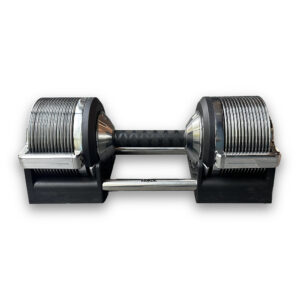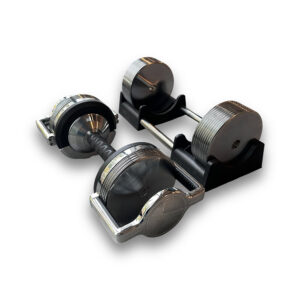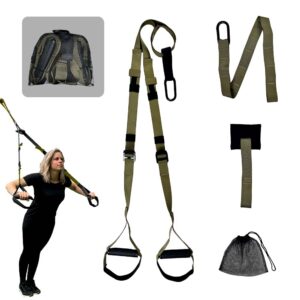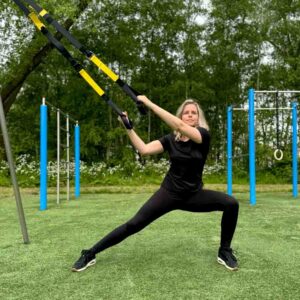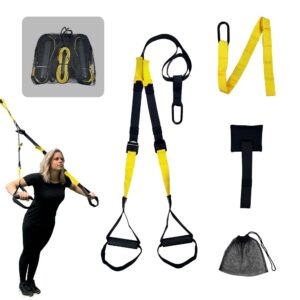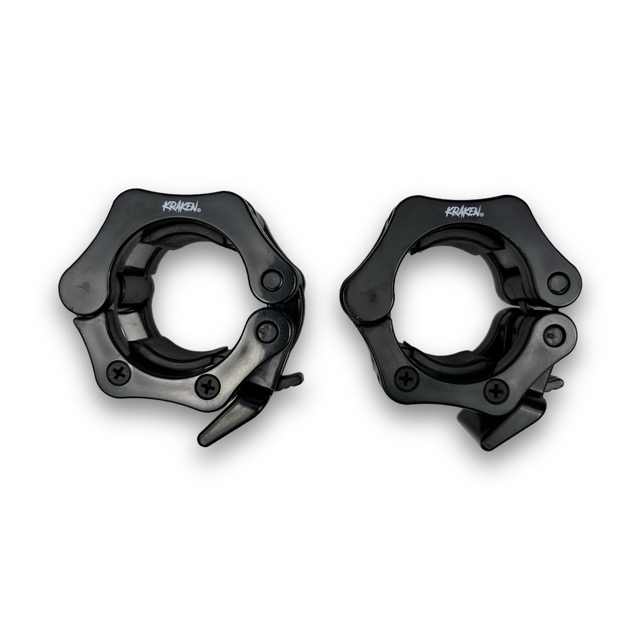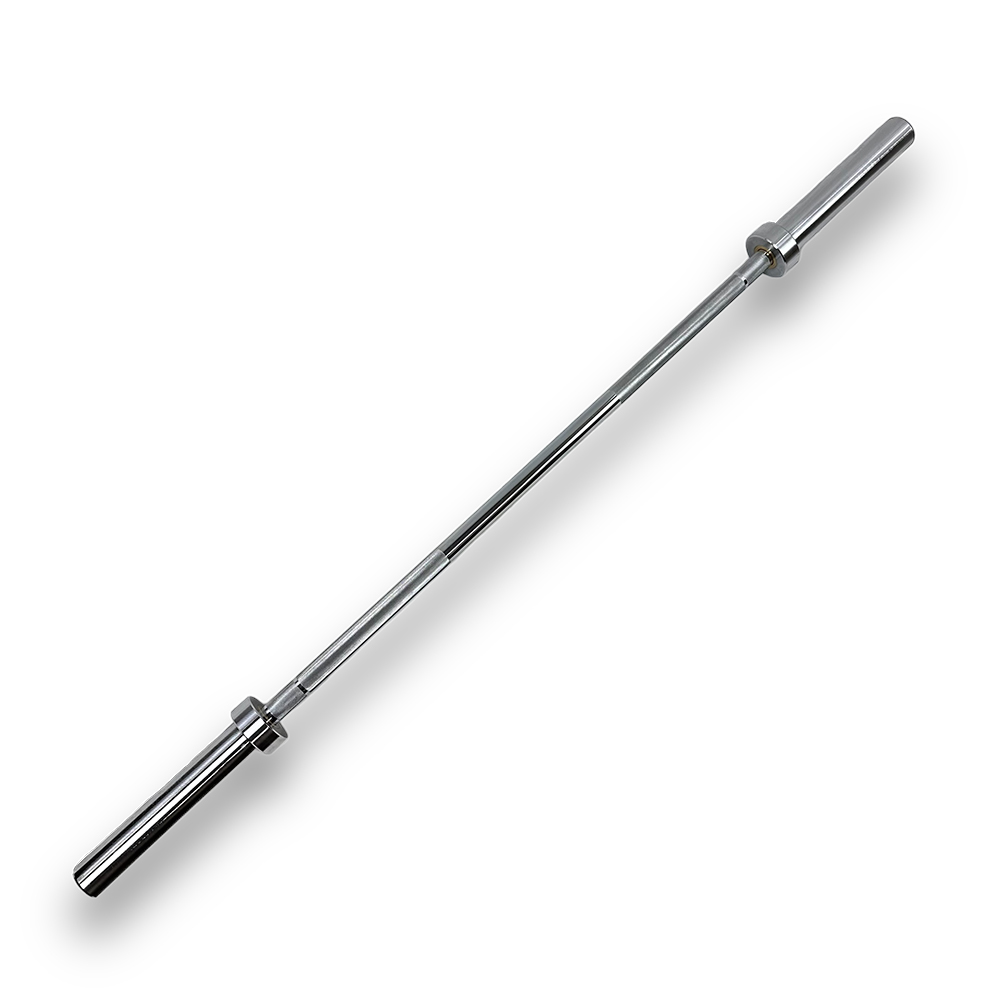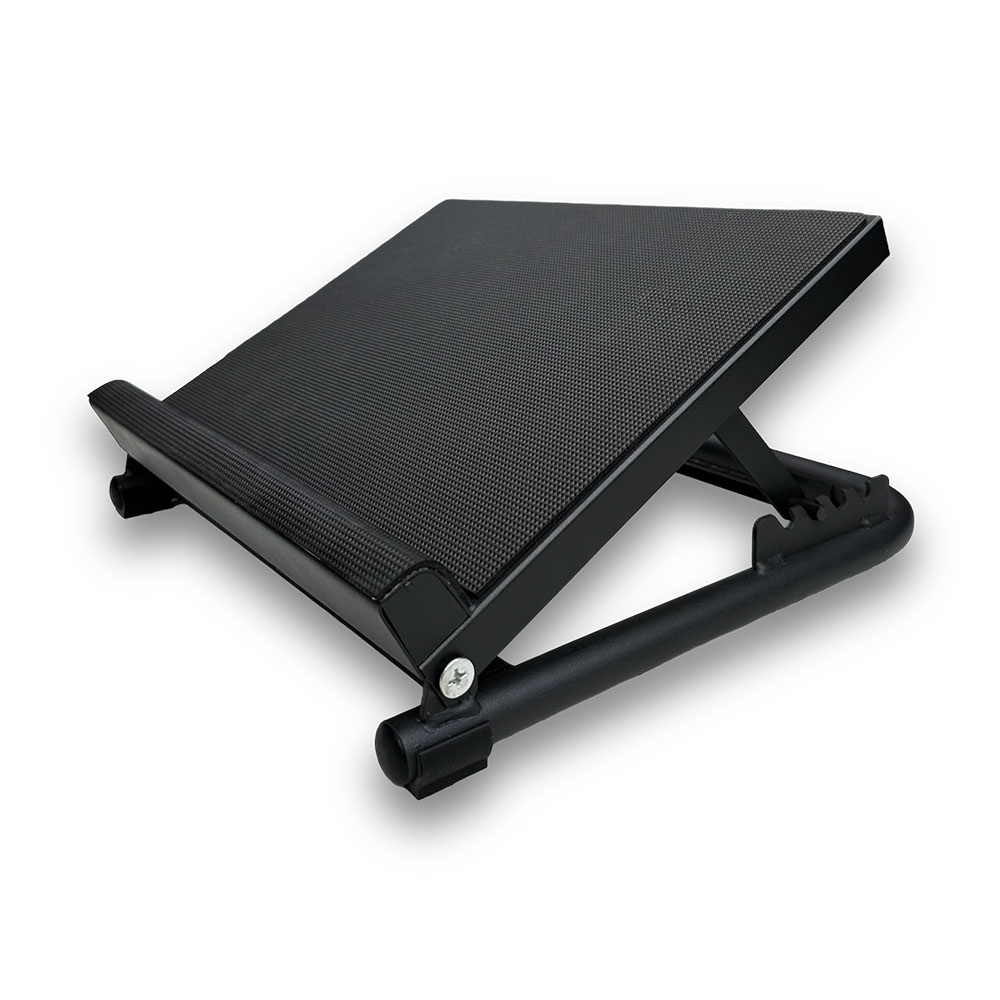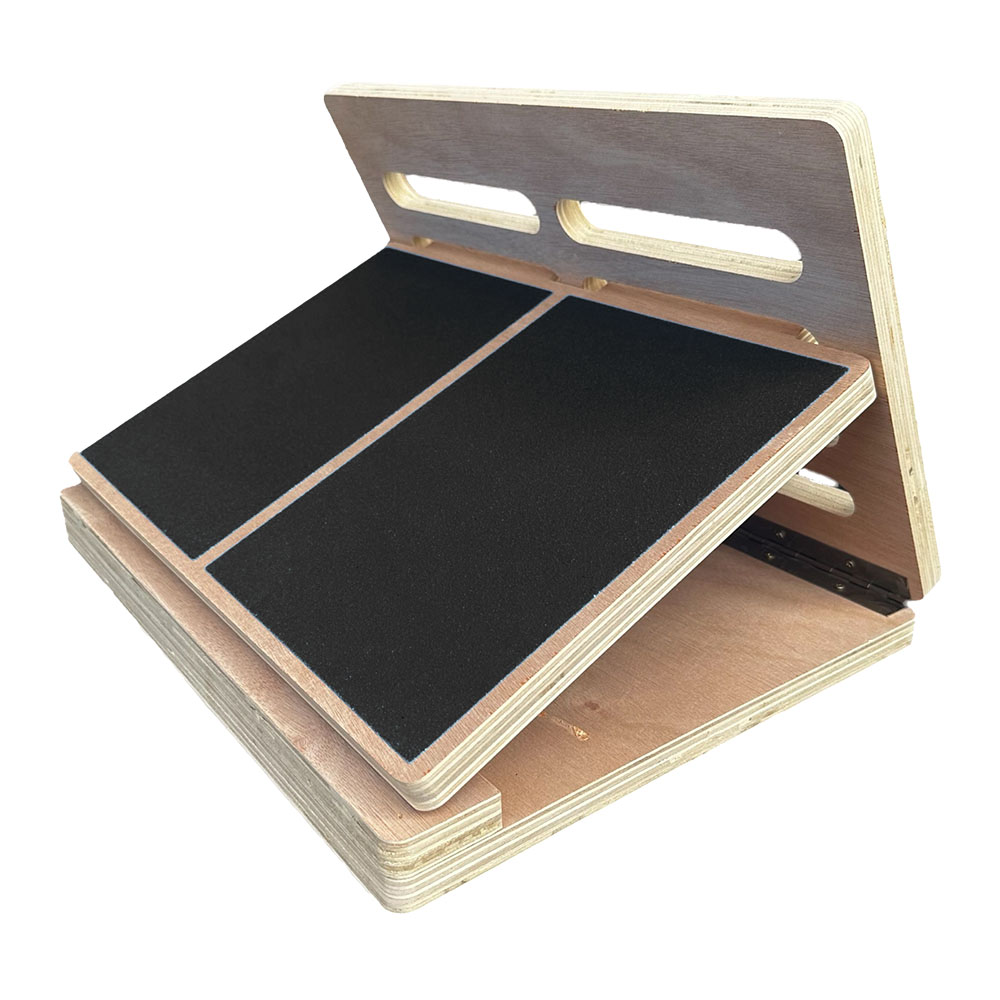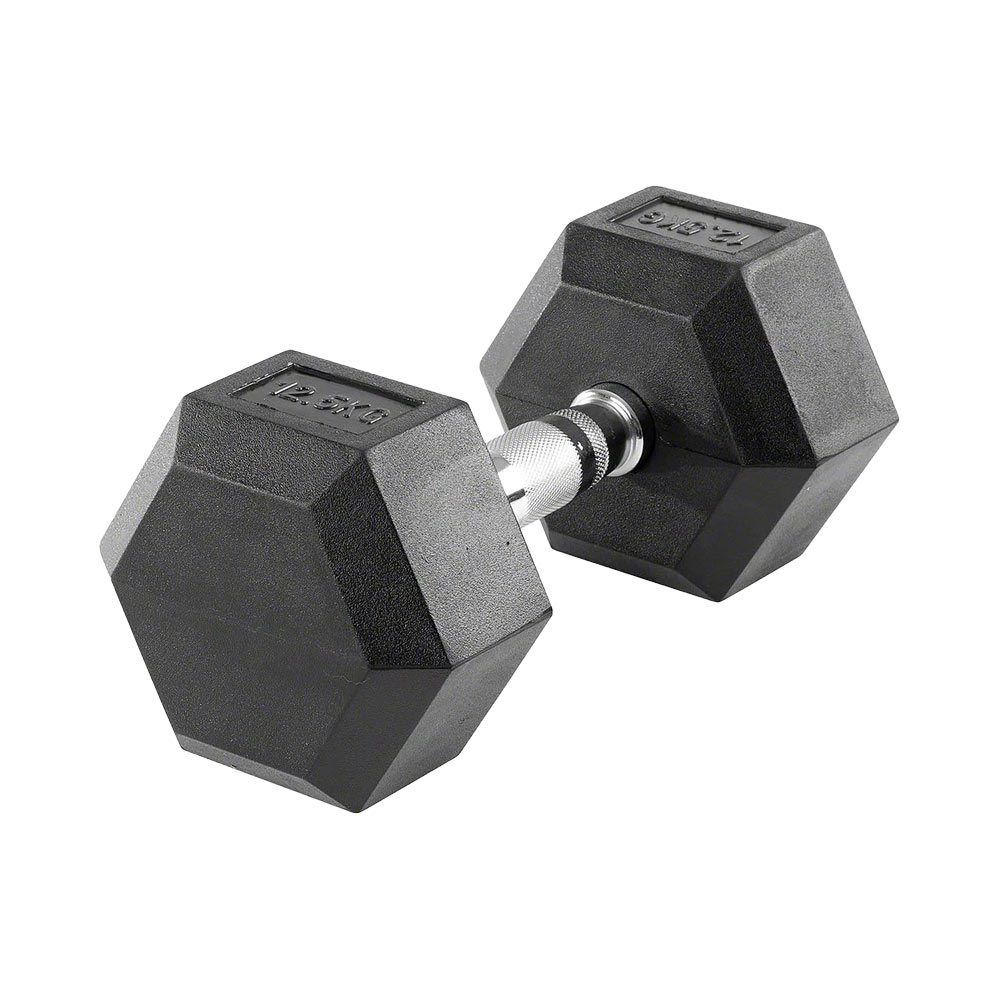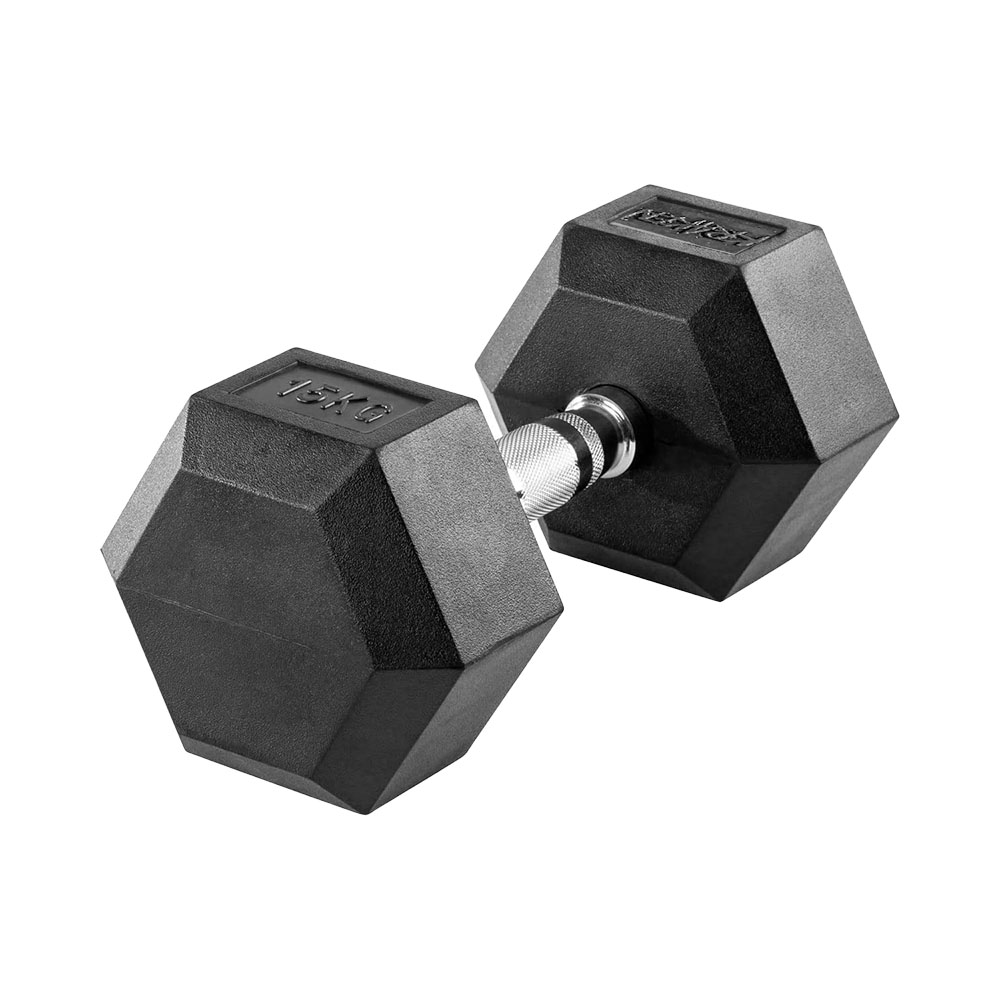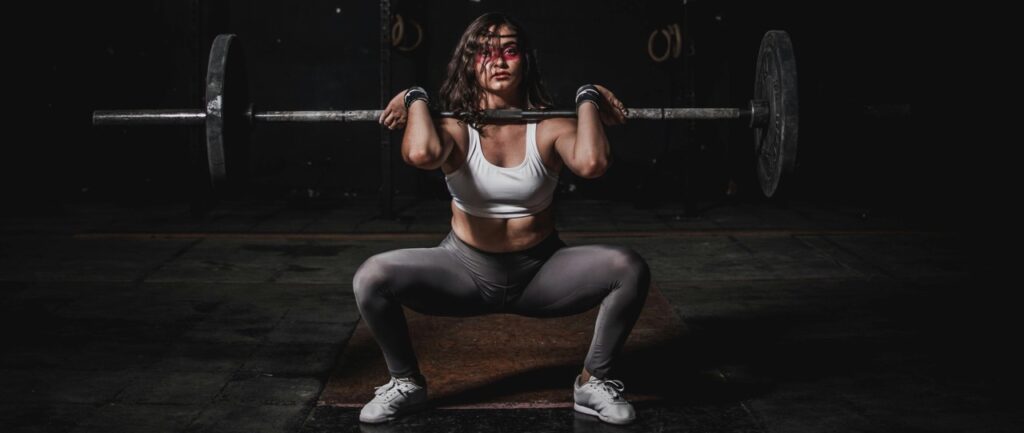
Table of Contents
Introduction to Squats
Squats are a cornerstone exercise in strength training, known for their profound impact on lower body strength, but their benefits extend far beyond. Here is an in-depth look at the multitude of advantages squats offer to your overall fitness and health.
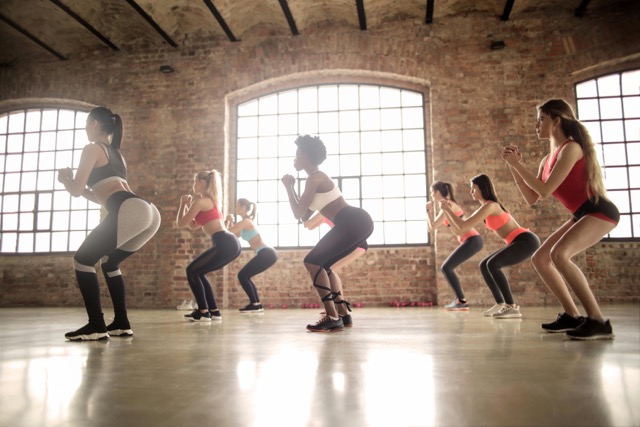
10 Compelling Reasons to Make Squats a Key Part of Your Fitness Routine
Dramatically Improves Core Strength
Squats not only work the legs but also engage the entire core, which includes your abdominals, lower back, and oblique muscles. This engagement is crucial for maintaining balance and stability during the squat and everyday activities, leading to improved intra-abdominal pressure and support for your spine.
Significantly Enhances Flexibility
The dynamic nature of the squat exercise helps to stretch and lengthen muscles around key joints (hips, knees, and ankles), promoting a greater range of motion. Increased flexibility aids in performing daily tasks with ease and reduces the chances of injury.
Builds Muscle Throughout Your Body
Although primarily known for targeting the thighs and buttocks, squats also stimulate muscle growth in other areas by triggering the release of testosterone and human growth hormone. These hormones are vital for muscle development, benefiting overall body strength and muscle mass.
Accelerates Calorie Burning
Squats are a high-intensity exercise that burns a significant amount of calories quickly. The muscular engagement required to perform squats means your body burns energy at a higher rate, even at rest, helping to facilitate fat loss and muscle building.
Enhances Athletic Performance
Athletes will find that regular squatting improves their explosiveness, speed, and endurance. The strength gains from squats translate into more powerful sprints and jumps, crucial elements in most sports.
Fortifies Joint Health
Squats strengthen the muscles surrounding your knees, hips, and ankles, providing enhanced support and reducing pressure on these joints. Stronger joints mean a lower risk of injuries, particularly in activities involving weight bearing and sudden movements.
Corrects and Improves Posture
Consistent squatting strengthens the back muscles and aligns the spine, which is essential for a correct posture. Improved muscle strength and spinal alignment contribute to better posture both while moving and at rest.
Boosts Mobility and Balance
The functional movement of squatting involves multiple muscle groups, which enhances coordination and balance. This improvement in balance is particularly beneficial as it diminishes the risk of falls, especially as you age.
Lowers the Risk of Injury
By enhancing strength, flexibility, and overall body mechanics, squats help safeguard the body against the common injuries associated with physical activities, such as strains and sprains.
Offers Convenience and Versatility
One of the greatest advantages of squats is their versatility and convenience. They can be performed anywhere, without any special equipment, and can be modified to increase or decrease intensity, making them suitable for all fitness levels.
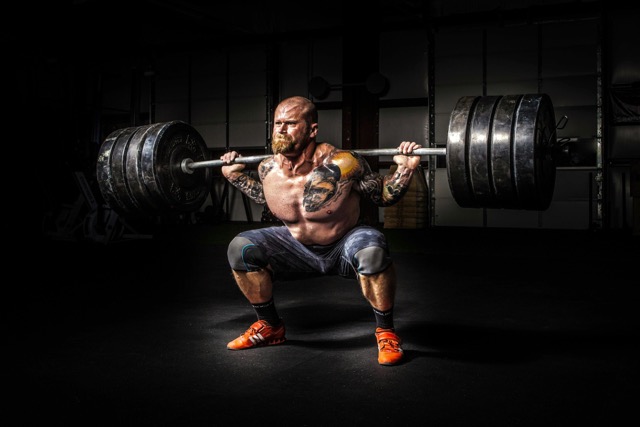
How to Perfect Your Squat Form
Squats are a staple in most fitness routines due to their comprehensive benefits, but proper form is crucial to maximize effectiveness and prevent injuries. Whether you’re a beginner or looking to refine your technique, these tips will guide you in perfecting your squat form.
Understand the Basics
Start by standing with your feet shoulder-width apart or slightly wider. Extend your arms straight out in front of you to help maintain balance. You can also bend the elbows or clasp the fingers.
Perfect Your Stance
Your toes should be pointed slightly outward rather than straight ahead. This positioning helps stabilize your stance and protects the knees during the descent.
Initiate the Movement
Begin the squat by hinging your hips back and bending the knees. Imagine you’re sitting back into an invisible chair. Keep your back straight, with a slight natural arch in your lower back, and your chest and shoulders up.
Focus on Depth
Aim to lower down so your thighs are at least parallel to the floor. However, depth will depend on your flexibility and joint health. Listen to your body, and do not let your knees extend beyond your toes as you descend.
Keep the Weight in Your Heels
Throughout the exercise, make sure your weight is evenly distributed across your heels and the balls of your feet. Avoid letting your heels come off the floor. This not only increases the activation of your leg muscles but also prevents stress on your knees.
Drive Upward
Engage your core, and exhale as you drive through your heels to return to the starting position. Focus on using your glutes and hamstrings to power the ascent.
Consistent Practice
Practice makes perfect. Incorporate squats into your routine consistently, but always prioritize form over the amount of weight lifted or the number of repetitions completed.
Final Check: Alignment and Posture
Always perform squats in front of a mirror if you can. This allows you to check and correct your form in real time. Proper alignment and maintaining a strong posture are key to benefiting the most from your squats.
Common Squats Variations to Spice Up Your Routine
- Bodyweight Squat: Perfect for beginners, focuses on technique and form.
- Sumo Squat: Wider stance targets the inner thighs and glutes.
- Goblet Squat: Incorporates a dumbbell or kettlebell to increase resistance.
- Pistol Squat: Advanced one-legged squat that challenges balance and strength.
- Jump Squat: Adds a plyometric jump to increase heart rate and build explosive power.
- Box Squat: Squatting to a box enhances form and depth control.
- Split Squat: Staggered stance works each leg individually, improving balance.
- Bulgarian Split Squat: One leg elevated behind you, focusing intensely on the other leg.
Equipment to achieve your goal more effective
Conclusion
Mastering the squat is a journey. With consistent practice and attention to form, you’ll not only enhance your strength and flexibility but also see improvements in overall athletic performance. Remember, quality over quantity—focus on performing each squat with perfect form rather than rushing through your sets.

